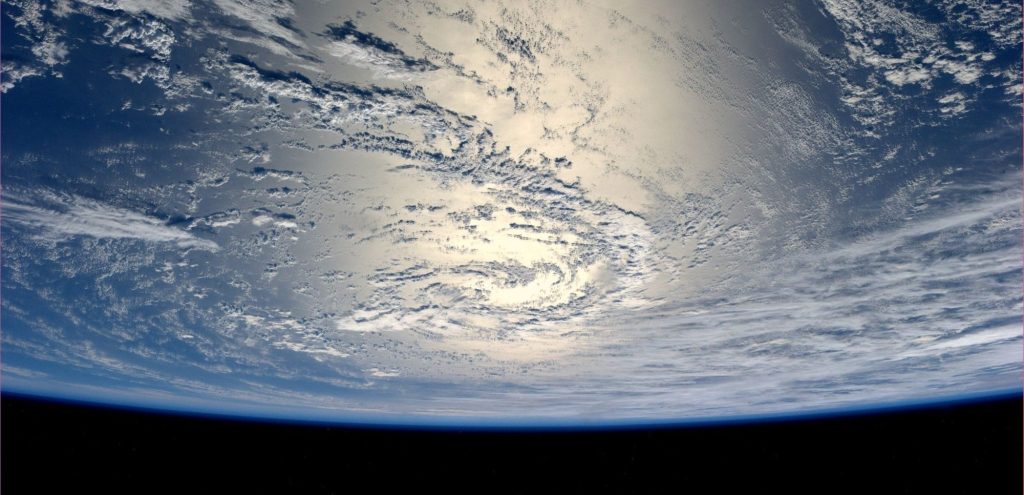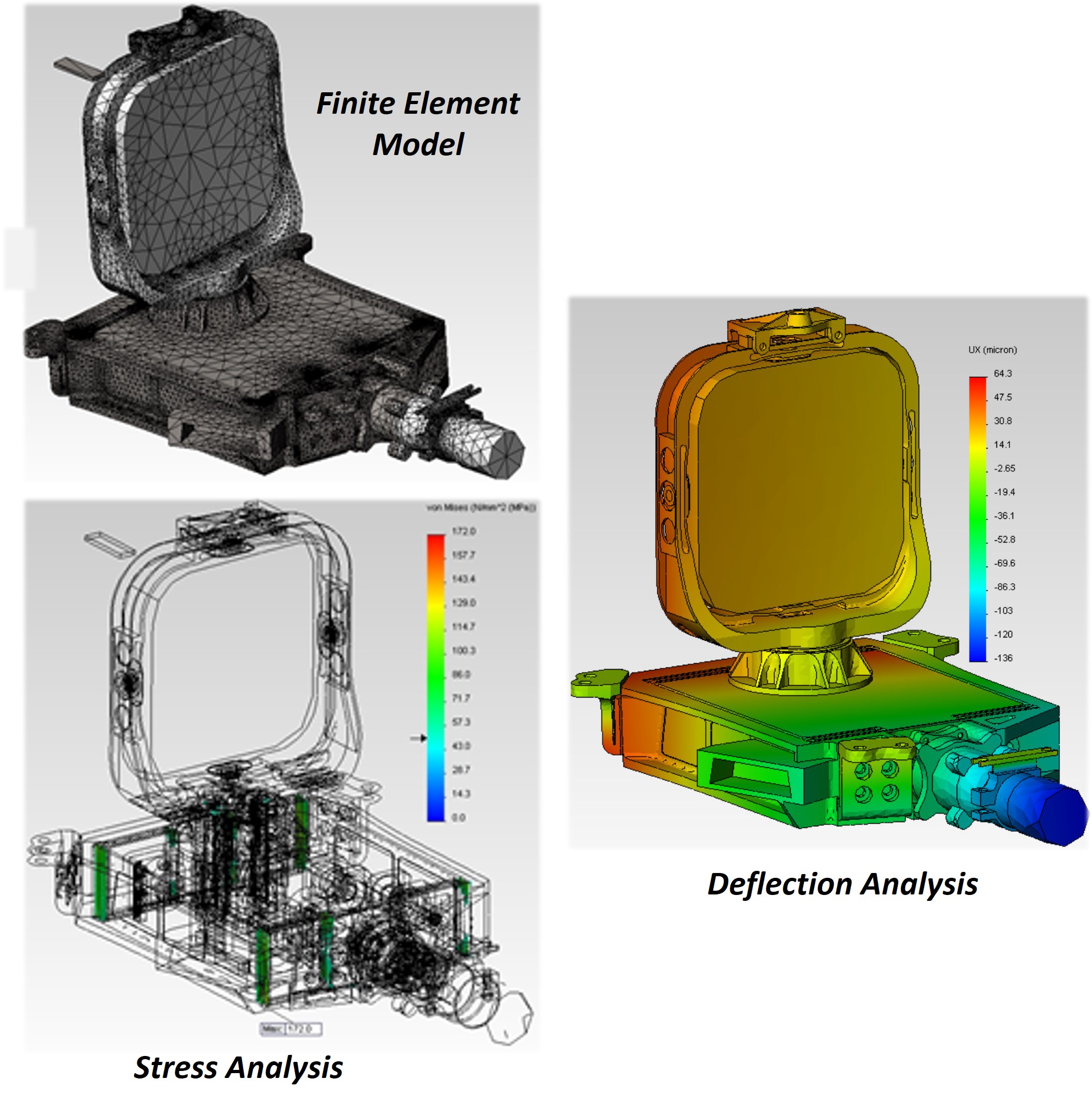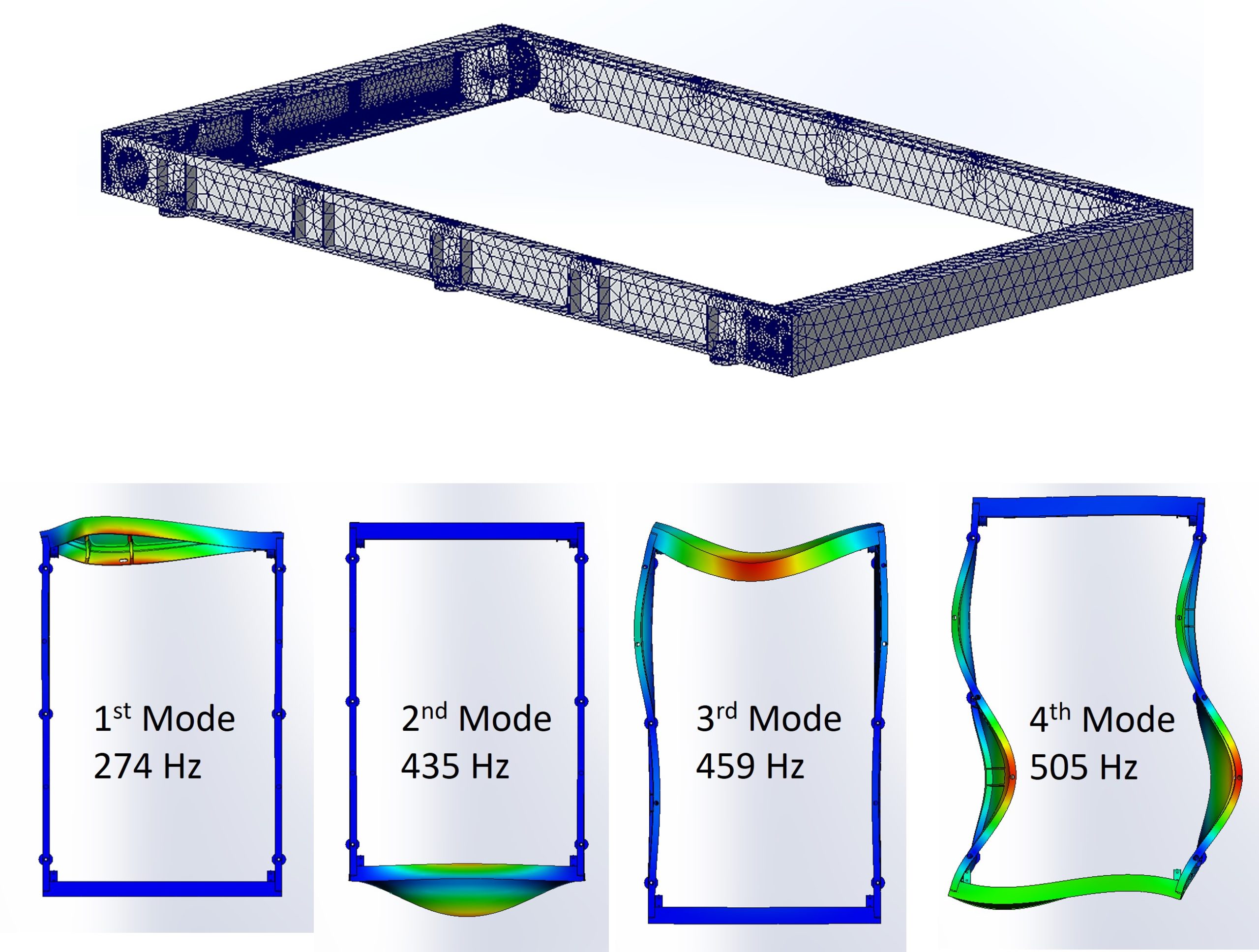
Analysis & Optimisation
Enabling hardware, missions and clients to achieve more
ESR Space Analysis Capabilities
Structural Analysis – FEM
Structural analysis is an important part of the ESR Space engineering toolkit, allowing to predict the structural/thermal characteristics of hardware. This is valuable prior to committing resources to further stages of development and informs our test activities. Using a range of available techniques, we support system design decisions and optimise performance, to demonstrate compliance with industry design codes and customer specifications.
We can employ classical methods or more complex finite element models. Where possible, we correlate analysis results with our test results to ensure that our models accurately reflect reality. ESR Space are able to perform a wide range of structural analysis including:
• Static: linear and non-linear
• Linear dynamic: modal, harmonic, response spectrum and random vibration analyses
• Thermal and thermo-elastic analysis
• Buckling, Fatigue
• Bolted joints
We also make use of ESTL analysis capabilities for bearing and gear analyses where required.
Below are some examples of Structural FEM analyses performed for mechanism development programmes.


